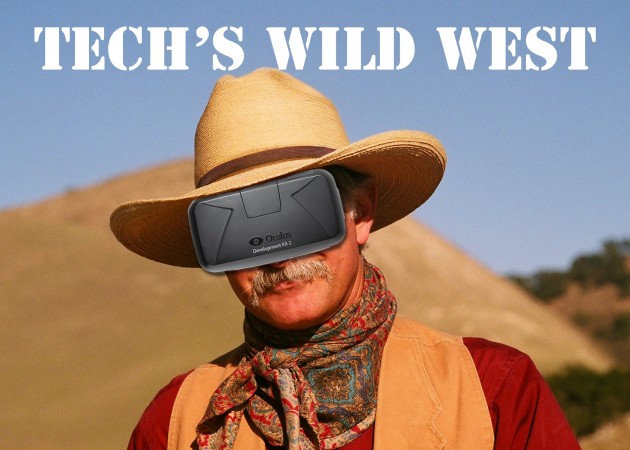VR – The Wild West of Marketing – THE DRUM
Our latest blog post for the Drum is now live:
Virtual Reality is the new Wild West of marketing. With so much hype and so many companies rushing into the market, we’re in the midst of a VR gold rush. Right now, any VR experience gets PR regardless of how good of an experience it is.

Let’s say for argument’s sake that Porsche creates a VR experience and it’s terrible. It takes a picture of someone with a headset smiling, makes a press release, and it bounces all over the web: “Porsche creates crazy VR experience”, “I saw the future of marketing”. This can’t last, and in fact, it won’t last, because the more exposure the general public has to VR, the more they will expect an immersive and comfortable experience, and right now, most VR being created is a bad experience.
Right now, people are impressed by the very fact that they can look around in a 360 video, regardless of what they’re seeing, but often times when people take the headset off you hear things like: “That was incredible, but it made me feel a bit ill”. Let me introduce BAD VR for you. BAD VR, unlike bad video, bad photos, or any other bad media, can leave someone feeling ill for hours. If you get VR wrong, your customers can feel physically sick, and you don’t want that associated with your brand!
There are many complex and inter-related reasons why a piece of VR content is ‘bad’, and we’ll cover some of those in future articles, but generally it stems from motion. When your eyes tell you you’re moving, but the rest of your body tells you that you aren’t, this can have two outcomes: firstly, motion sickness, and secondly it can quite easily break the ‘presence’ of an experience.
On the flip side, GOOD VR is comfortable for everyone, and from that feeling of comfort comes immersion, a surrender to the experience, and finally, ‘presence’. Presence is the ultimate VR experience and really what defines it as a medium. Most people, even those who’ve spent considerable time in the current Oculus Rift development kit, have not yet experienced presence. We’re going to be talking a lot about presence in future articles so stay tuned.
Achieving and maintaining presence is extremely hard. You have to completely throw out the rule book for creating content and pay careful attention to Oculus’ best practices guide – all 54 pages of it!
This is one of the major reasons why the Oculus Rift has been so long in the making: producing VR hardware seems to have been the easier part, working out how to make content for VR that is comfortable and compelling is in many ways harder to figure out. What Oculus doesn’t want is to launch a product full of content that makes people ill; the industry will die on its feet. So it has been biding its time, perfecting platforms, hardware, content… everything, so when it’s finally released, it will hit the ground running.
While Oculus is taking its time to create a perfect first impression, every brand and its dog has been out there with the development kits making news. Oculus is biting its nails, customers are holding their stomachs, readers of the press are scratching their heads and brands are pressing forward faster than the old-timey prospectors of California. Yet much like that gold rush, most of them will eventually go home empty handed. VR is not about shock and awe, or thrill rides. It’s about a subtle magic which needs to be carefully fostered.
So amongst the bedlam of the early days of the VR industry, I’ll be taking a look at the most exciting developments, goings-on and examples in marketing and advertising. I’ll highlight some of the best examples of GOOD VR. I’ll also be joined by my colleague in VR, William D. McMaster, who will be looking into the future of VR and the vast potential for it in our lives.

Comments